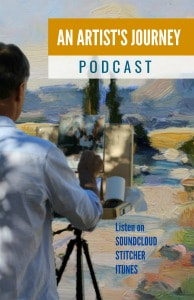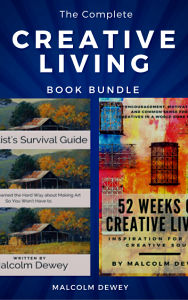|
Conventional wisdom goes that the ability to draw accurately is vital to becoming an accomplished artist. I speak here of the painter not illustrator. This belief seems to stalk the beginner painter. There was a time when young artists would spend their first year of training simply drawing with pencil and charcoal. Often these artists would become superb draftsmen and go onto to producing fine realistic paintings. But what if you prefer the painterly approach often associated with the impressionsit movement? My argument is that you need not be concerend about conventional drawing technique. There is a better way to train yourself.
Painterly painting seeks to capture the essence of a subject. It is not a photograph. It is rather a blend of emotion and technique that allows the viewer to fill in some of the content. How is this done? The artist should avoid drawing in the conventional manner. That is taking a pencil and drawing an accurate outline of the subject. This is a common failing in the beginner's approach. The next step will then be fill in the spaces between the outlines. The artist may then think that it is a good painting. However the artist will soon feel that something is missing. That element found in experienced artist's paintings that eludes the beginner. It is not quality of draftsmanship. It is simply due to a mistaken approach to painting. On occasion I have seen beginners paint watercolour in a free and easy manner. The resulting painting is often filled with basic shapes and has a fresh look. The same artist, when using oils, tends to labour the painting with fine brushes to get an accurate drawing. The end result is a stiff, formal and boring painting. How can the same person get such different results? It comes down to how the artist handles shapes. A painting should be an exploration of bold shapes consisting of colour notes placed next to each other. Just as great music requires notes placed alongside each other. Colour notes correctly placed as shapes will have a beautiful effect when viewed in totality. Yes this requires keen observation and it takes time to develop an eye for accurate shapes. To put it bluntly - get the shapes and colours correctly placed and the drawing will take care of itself! The key to shapes is to forget about details. Think rather in terms of colour masses. The V-like shape of a torso for instance or is it more rectangular? Look and then commit to the shape on the canvas. A landscape, for instance is often made up a four masses comprising light, dark and two mid-value shapes. The sky and tree-line would be the extreme light and dark masses respectively. The distant hills a mid-value as well as the foreground land also being a mid-value. Far better to get these shapes and colour masses down than to fret over drawing twigs and leaves! These large masses can be refined with smaller shapes in warm or cool colours as you work from thin paint to thicker paint. Never get into the little brush details. The mind fills those in. A great way to ensure that masses remain your focus is to use a large brush. It is surprising how a size 8 long-flat bristle brush can be manipulated to produce many shapes. See how far you can get then leave the painting . It will be finished. While drawing should always be part of the artist's skill it is not the determining factor in painterly painting. Shapes and colour notes are the true objective. It is that time of summer when the humidity and tempers have risen to dangerous levels. The sort of weather that makes people say and do crazy things then regret them later when the consequences come back to haunt them. I once read that the widespread use of air conditioning significantly lowerd the divorce rate in Texas. Presumably this applies to anywhere that suffers from very hot summers. Makes sense really. The heat also affects productivity at work. Even something like painting for a few hours becomes frustrating when you have to stand under a cold shower to keep sane.
My studio does not have air conditioning. Winter is not a problem with a basic heater sorting the chill out. But high humidity cannot be escaped. It saps creativity and the patience to press on when things are not working out. What to do when the heat wave starts to run for days on end? Well there is the wisdom that work should be done early and then late in the day. The unpleasant middle part being sacrificed to a siesta. Empires may not have been built on this idea, but it seems like good sense to me. A few hours of repose during the heat of the day, phone off the hook and away from traffic can only help to keep a person sane. Another plus is that energy can be replenished for a late afternoon flurry at the easel. It is also best to avoid all potentially annoying situations. Driving, waiting, phone calls and paying bills all conspire to kill creativity. Avoid them all until you have cooled down or preferably until autumn arrives. Our family cat has demonstrated it's talent for dealing with the heat. Consider that a cat is covered in fur and should suffer in the heat. Compared to our dog that pants away like a machine while simultaneously drooling like a fool, the cat takes it all very calmly. Just yesterday I observed our cat stretched out on my wingback chair. Its hind legs were touching the floor, its back draped over the seat while one of its front paws was extended to the top of the chair, claws embedded into the upholstery to keep it from slipping down. Amazingly our cat was now almost 1.5 metres long! In this way it was able to keep itself cool and relaxed as only a cat can do. Had he been lying on a coach he would no doubt have reached two metres in length. Our cat's posture reminded me of Dali's famous painting, The Persistence of Memory, where the clocks appear to be melting. Our cat's melting pose would have made Dali reach for his paint brushes in delight. No doubt Salvador Dali, being Spanish, would also have appreciated that a siesta is a sensible way to through the heat of the day. Nature and the seasons cannot be ignored. The lesson was a simple on. Instead of disconnecting we can pay closer attention to the rhythm of nature and adapt to the moment. Instead of fretting about productivity we can create more with better quality of work when we are comfortable and at peace. If in doubt ask your cat. Congratulations to Sheila Barratt of Kwa-Zulu Natal! Sheila will receive one of my paintings in my newsletter subscriber's Pinterest competition.
Thank you to all those subscribers that entered. What does an artist expect from life? To make a living, get rich or simply make art and do a day job. It is a personal choice. What about the artist who struggles valiantly, but never seems to break out of obscurity? For this artist each sale is a lifeline and the waters are treacherous indeed. It seems likely that bitterness and regret may dog this artist's path forever. In this case there is perhaps no better example than the musician Rodriguez.
Sixto Rodriguez - the mysterious musician from Detroit. Seventies singing icon in South Africa and a symbol of counter-culture for our white youth for at least three decades. Timeless folk songs that are as poetic and powerful today as they were in the seventies. Rodriguez's story made headlines in 2013 with the Oscar winning documentary feature, Searching for Sugarman. If you have not seen the movie then please do so. No matter what your taste in music the human story is so compelling and moving that it will leave a lasting impression. Here is a highly talented artist. His music in the early seventies is as good as Bob Dylan's, but nobody takes notice. Rodriguez lives in humble circumstances working as a labourer. His dream to become a recognised musician falls flat in the USA. Perhaps the truth is that Rodriguez never dreamed of fame and fortune at all. However in Australia and especially South Africa his music became massively popular in the seventies and continued unabated. However the legend carried on from word to mouth was that Rodriguez was dead. Suicide. That is until he is discovered by a couple of South African fans in the late 90's. Rodriguez is alive and still living in Detroit. Humble home. No car. Basic wage. Despite royalty checks being sent to his record label Rodriguez has not received any money or recognition for his music. He was unaware of his fame in South Africa. This changed when Rodriguez was persuaded to come to South Africa and perform in a series of concerts in 1998. All the concerts were sold out. Yet despite this success Rodriguez was happy to go back to his humble home. Despite netting six figure earnings from the concerts he gave most of it away to friends and those more needy than him. If he was bemused by his success back then he should have been stunned by the worldwide fame to come when Searching for Sugarman won the Oscar for best documentary in 2013. Suddenly Rodriguez was in demand everywhere - even in the USA. Yet Rodriguez did not use the money for personal wealth. He still gave it away. He stays in the same house. Still no car and still lives with the basics. To this artist it is all about performing his art. As Rodriguez says about fame and fortune - all you need is food, clothing and shelter. Everything else is icing. For those artists chasing wealth Rodriguez may seem crazy. Perhaps some are appalled at his lifestyle. But why? Rodriguez seems to appreciate that people do not own things. Things own people. By attaching ourselves to outcomes and material goals we are always going to be uneasy with life. Attachment leads to fear and suffering. Loss of freedom. The only thing Rodriguez has is his life and his ability to create art. He loves to share this art with the world, not for reward, but because it is his calling. Let the rewards come and go. Change is the only constant. The next time you feel like complaining, get frustrated or bemoan your situation think of Rodriguez. Be humble and grateful for life and the opportunity to make art. Love what you do and give freely. That is all that is required of us. The summer break over December could not have come at a better time. I expect most people have similar feelings when the year's travails have built up together with the expectations of a well earned rest. In my case this amounted to two weeks away from my studio and office. No internet either. Other than Christmas preparations I had undivided time for painting. I had decided that this time would comprise of plein air painting only.
I have a suitcase converted into a portable plein air studio. It can carry my tripod, pochade box, roll of brushes, paints and bottles of brush cleaner plus the few other bits and pieces that make painting easier. With this kit I can set up my plein air expedition almost anywhere. Why just plein air? First off I had some bad habits to clear up from the past year. So many other commitments to a painting life leads to adaptions to my painting process. This can lead to excessive details and other sort of fiddles that distract me from the getting to the essence of a painting. Overworking a painting is perhaps one of the biggest frustrations an artist can face. How to say what is necessary and no more. This plagues writers, poets, movie makers and probably any creative pursuit one can take up. Plein air painting is a way of getting back to the essentials. The foundation. The summer heat means having a routine for early starts to the day. At 6am I was at the beach setting up my pochade box. While other early beach goers were taking their walks and swims I was looking out for compositions to paint. In summer this golden light created wonderful contre jour opportunities. Since I was facing east I had the sun reflecting off the sea directly in front of me. People were walking along the water's edge or venturing into the sea. By standing in an elevated position either on a dune or even the car park I could look down towards the sea. This meant I still had brilliant colours coming from the sea and sand. Greens, blues, golden sand and foaming waves of yellows and violets. The challenge to identify these colours, mix them from a limited palette of primaries and put them on the panel is the highlight of the plein air experience. The process is one of intuitive painting. Rapid paint application, but never done recklessly. You have to concentrate to see what is actually going on in front of you. The temptation is to simply paint waves as you might know them from pictures. This approach does not teach us anything. Plein air teaches us to really see, interpret, paint true colours and capture the truth of the scene. This is a learning experience filled with excitement that no art book or video can match. Once you take on the plein air painting approach you will see, for example, that fanciful seascapes of translucent waves curling over in greensih-yellow hues are simply concoctions far removed from reality. Pretty pictures yes, but in truth they are as surreal as any Dali painting. If truth in representational painting is what you seek then plein air impressions and studies are essential. You can even paint the ugly and everyday scenes around you and show them to be worthy subjects. This is where the art comes in and transforms the scene into its essence of hues, shapes and values. Between six and seven AM I could complete two panels then break off until the late afternoon. This daily routine was a wonderful way to spend my time free of distractions. Of course another benefit of plein air is that my studio works will benefit too. Plein air works are references in themselves. The outdoor painting experience also adds to my artist's memory. Sensations experienced first hand are accessible in the studio too, which translates into larger paintings that have that sense of immediacy and truth. With a renewed sense of purpose I look forward to another year of painting, learning and sharing my art experiences with you. All the best for 2014! |
AuthorMalcolm Dewey: Artist. Country: South Africa Archives
June 2024
Categories
All
FREE
|
|

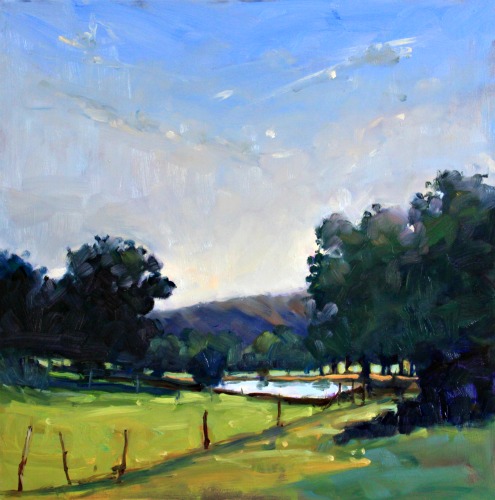
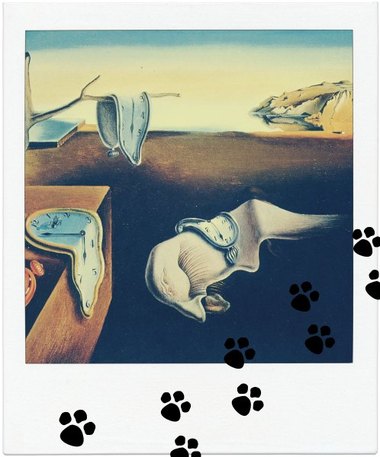
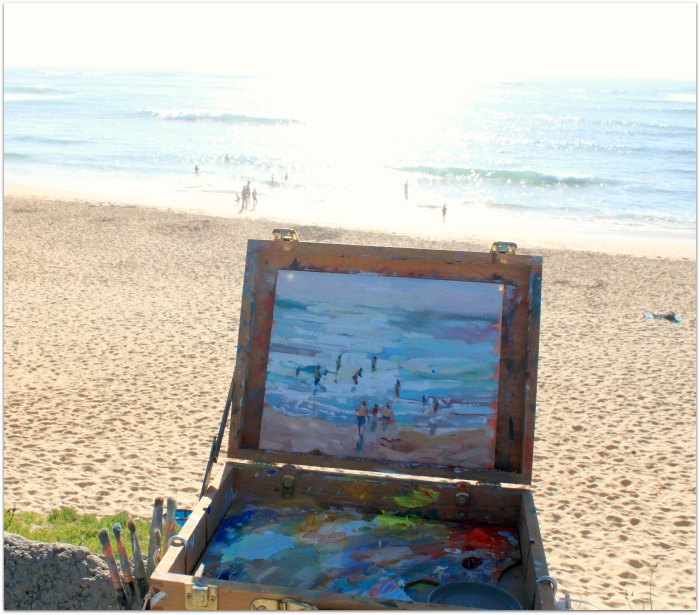
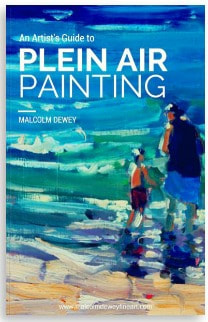
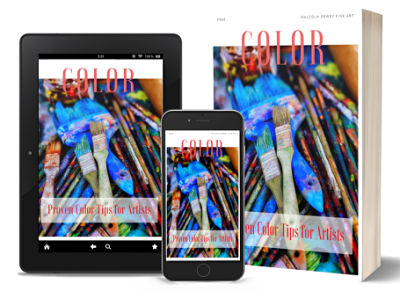
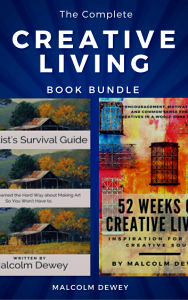
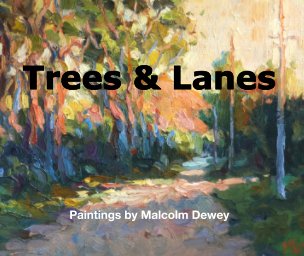



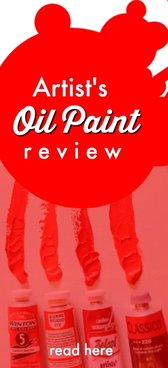
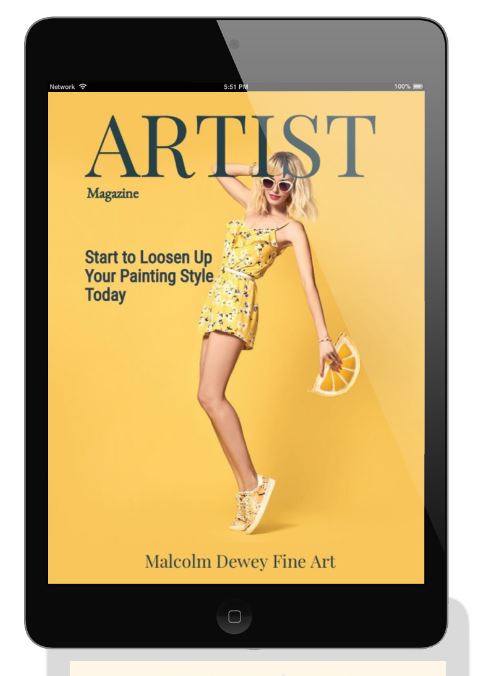
 RSS Feed
RSS Feed
